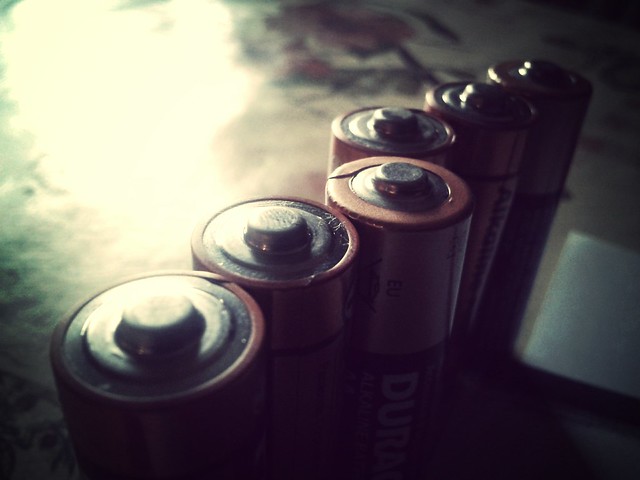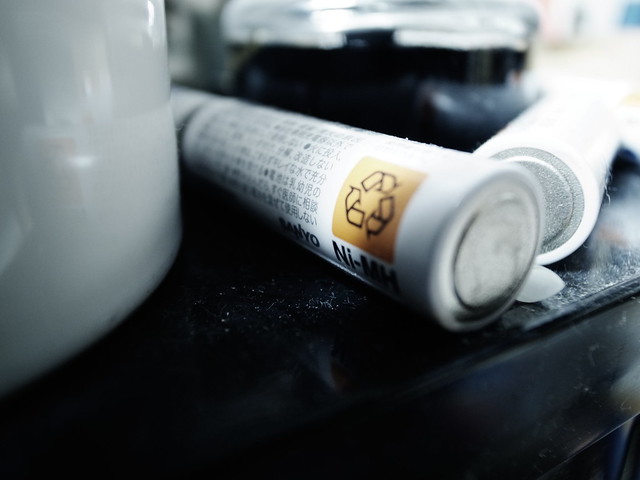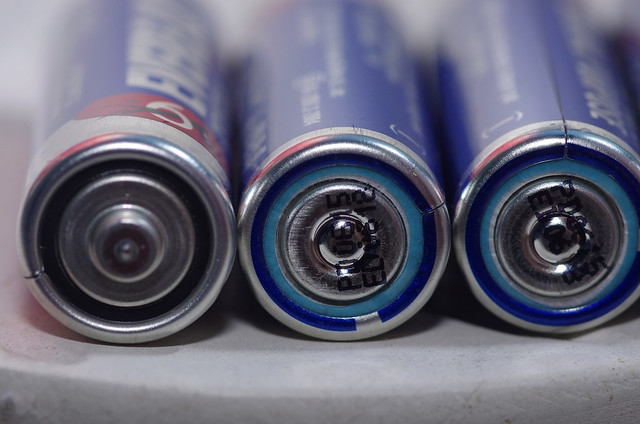18650 Battery Wiki Comprehension
Jun 13, 2019 Pageview:3005
Introduction
18650 Lithium-Ion Battery is a type of a rechargeable battery. This type of battery contains lithium ions that move from a negative electrode to the positive electrode when it is discharging and back when it is charging. The 18650 battery can be used in different applications including medical equipment, portable gadgets, military andspecial, robotics, exploring and surveying, emergency backup battery and commercial finance among others.
Lithium ions batteries h nave high energy density, low self-discharge and no memory effect. These batteries contain a flammable electrolyte which poses a safety hazard when the battery is damaged or sometimes incorrectly charged since they can lead to explosions and fires. You have probably heard certain companies recall gadgets following lithium-ion battery fires.
Generally, lithium-ion batteries have several advantages including longer battery life, high energy density, cost reduction in the long run and safety among others.

18650 Battery versus Cell
These two terminologies are very common in matters batteries. But do you really understand the difference between a battery and a cell? There is a clear difference between a battery and a cell.
A battery is actually a battery pack which is a collection of cells, electrical connections, with housing and possibly control and protection electronics. Two or more cells can be connected end to end to make a battery.
A cell is a single electrochemical unit that contains electrodes, separator and electrolyte. A cell has two ends, labelled positive and negative. For lithium ion cells, the positive electrode is the cathode and the lithium-base one.
A cell basically pushes electric current from the positive terminal round to the negative one. The battery, on the other hand, is labelled with its voltage which shows the push it gives to make the current flow. The higher the voltage the bigger the push. For instance, a battery labelled 6V gives a bigger push than that labelled 1.5V.
18650 Battery Invention and Development
The idea of lithium batteries was first proposed in the 1970s by a British chemist M Stanley Whittingham. , while he was working for Exxon. Whittingham developed a lithium battery by using titanium (IV) sulphide and lithium metal as electrodes. However, there was a problem and it was that this rechargeable lithium battery could not be made practical. The British chemist made a poor choice when he decided to settle on titanium disulfide for the battery since it requires to be synthesized under entirely sealed conditions and can be very expensive.
Titanium disulfide, when exposed to air reacts to form hydrogen sulfide compounds which produce an unpleasant smell and are toxic to most animals. For this and many other reasons, Exxon could not continue with the development of Whittingham’s lithium-disulfide battery.
Moreover, batteries that contain metallic lithium electrodes were associated with safety issues since lithium is a highly reactive element. When exposed to water, it ignites to form lithium hydroxide and hydrogen gas. Also, under normal conditions, lithium the metal is made inactive by lithium hydroxide, lithium carbonate or lithium oxide and degrades when it comes in contact with both humid and dry air. All these factors led research to the development of batteries that did not use metal lithium, instead, the batteries would contain only lithium compounds which are capable of accepting and releasing lithium ions.
In 1977, Samar Basu worked on graphite electrode and demonstrated electrochemical intercalation of lithium in graphite. What followed was the development of a workable lithium intercalated graphite electrode at Bell Labs. This would provide an alternative to the lithium metal electrode battery.
In 1980, Yazami demonstrated how electrochemical intercalation of lithium in graphite would happen. He demonstrated that lithium could be reversibly intercalated I graphite through an electrochemical mechanism using a solid electrolyte. The organic electrolyte available at that time was would decompose during charging with a graphite negative electrode. Yazami’s invention of the use of graphite electrode became the most commonly used electrode in commercial lithium-ion batteries.
Many studies continued being conducted and many inventions would be patented by their owners. Every new invention and study would bring improvements to the previous one and this served as a mind opener. As the development progressed, the performance and capacity of lithium-ion batteries improved. In fact, in 1991, Sony and Asha Kasei unveiled their first commercial lithium-ion battery. As time went on, more companies developed their own lithium-ion batteries, and in 2011, lithium-ion batteries were established to account for 66% of all portable rechargeable battery sales in Japan.
Today, we have many companies that are involved with the production of lithium batteries. Reputable companies continue researching and looking for more advanced innovations that they can implement in the production of their batteries. More powerful lithium batteries are being produced and they have become more portable. This can be attributed to the continued research and development that lithium ion battery manufacturers are investing in.
18650 Battery Charging and Degradation
During charging, a lithium battery is connected to an external electrical power source which supplies a higher voltage than the battery produces, which pushes a charging current to flow within the battery from the positive to the negative electrode. During this time the lithium ions move towards the negative electrode and they become embedded in the porous electrode material through intercalation.
During discharge, lithium ions move from the negative to the positive electrode within the battery. In simple terms, the reverse of charging happens.
Additionally, lithium batteries have a gradual self-discharge even if they are not connected and delivering current. The self-discharge rate is typically low and it can be 1.5 to 2% per month. However, the rate increases with temperature and state of charge. Also, as your battery ages, the self-discharge rate increases.
Battery degradation also happens gradually and leads to capacity reduction due to the chemical and mechanical changes to the electrodes. Batteries can be categorized as multiphysics electrochemical systems, meaning that they going through degradation through various mechanisms of concurrent chemical, mechanical, electrical and thermal failure.
Some of the most common mechanisms include lithium plating, solid electrolyte interphase layer (SEI) growth, thermal decomposition of electrolyte and mechanical cracking of SEI layer and electrode particles.
Degradation mainly increases with temperature with minimum degradation happening at a temperature of about 25?C. when the battery is operating or stored at a temperature above 25?C, degradation increases.
You need to note that high charge levels and high temperatures increase the loss of capacity. To ensure that the temperatures are low, proper internal ventilation should be ensured.
18650 lithium ion batteries capacity is also affected by the number of cycles. Numerous cycles, running to thousands lead to capacity loss. Slow electrochemical processes, leads to the formation of solid electrolyte interphase (SEI) in the negative electrode. The formation of the SEI leads to the consumption of lithium ions, which results in a reduction of the charge and discharge efficiency of the electrode material.
SEI film is insoluble, thus it can remain stable in an organic electrolyte solution. If the right additives are used in the electrolyte to encourage SEI formation, the attraction of solvent molecules can be prevented and the damage to electrode materials can be avoided. Also, SEI allows the lithium ions to pass through but prevents electrons to go through and this ensures continuity of charging and discharging cycle. Moreover, SEI can greatly improve electrode and increase the performance and service life of a battery as well, by preventing further consumption of lithium ions.
18650 Battery Specifications
Shape: cylindrical lithium-ion battery
Size: diameter is 18mm, height is 65.0mm
Voltage: 3.7V
Capacity: 1-5Ah
Specifications: 18650 cells are connected in parallel and series for larger voltage and longer discharging times.
18650 Battery Buying Guide
If you are looking to buy the 18650 lithium battery, it is better to find a reputable seller. A great seller has many years of experience in the battery filed and they will advise on the best battery for your application. Be sure to find a battery that is not damaged for safety reasons. The lithium battery should be powerful enough to serve your need.
- Prev Article: Waterproof Lithium Battery Understanding
- Next Article: Lithium Ion Battery First Charge
Leave Message
Hottest Categories
-
Hottest Industry News
-
Latest Industry News











